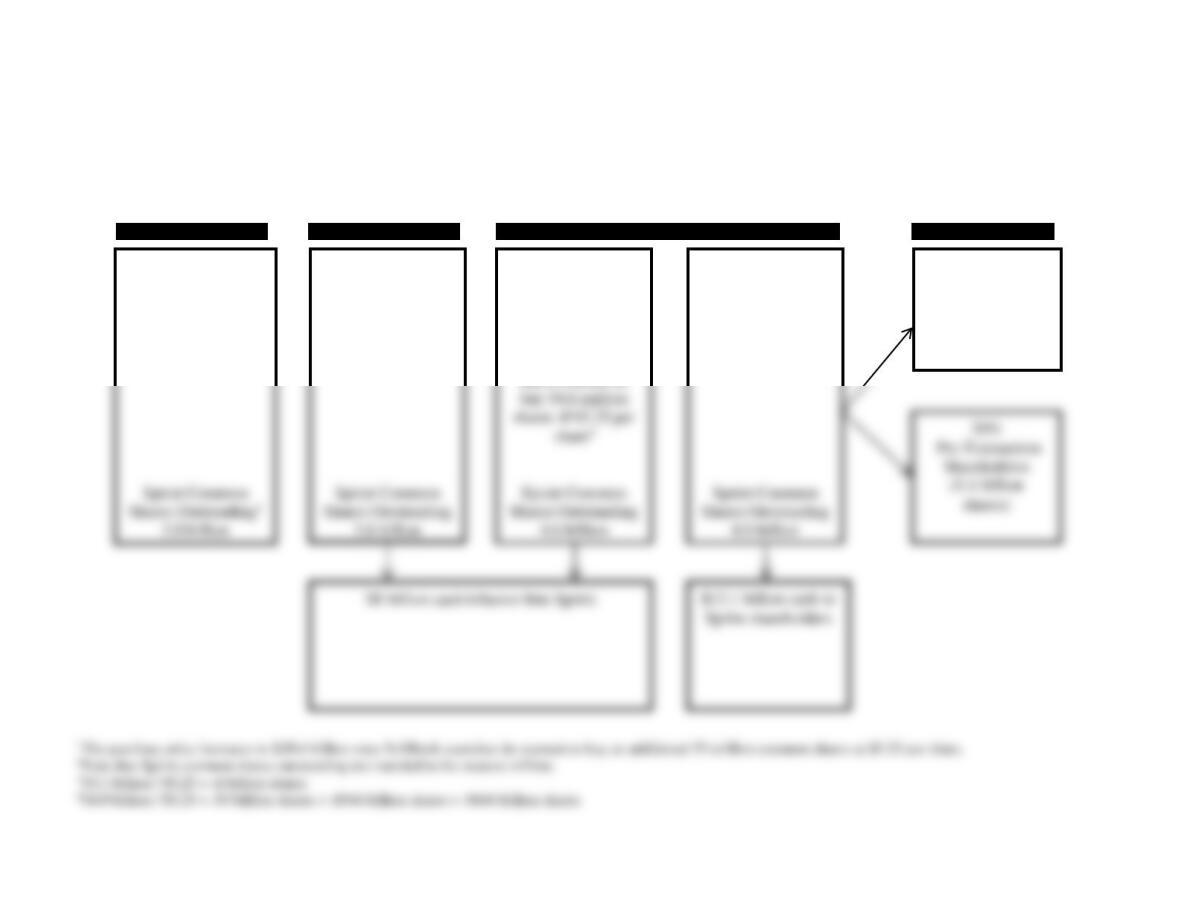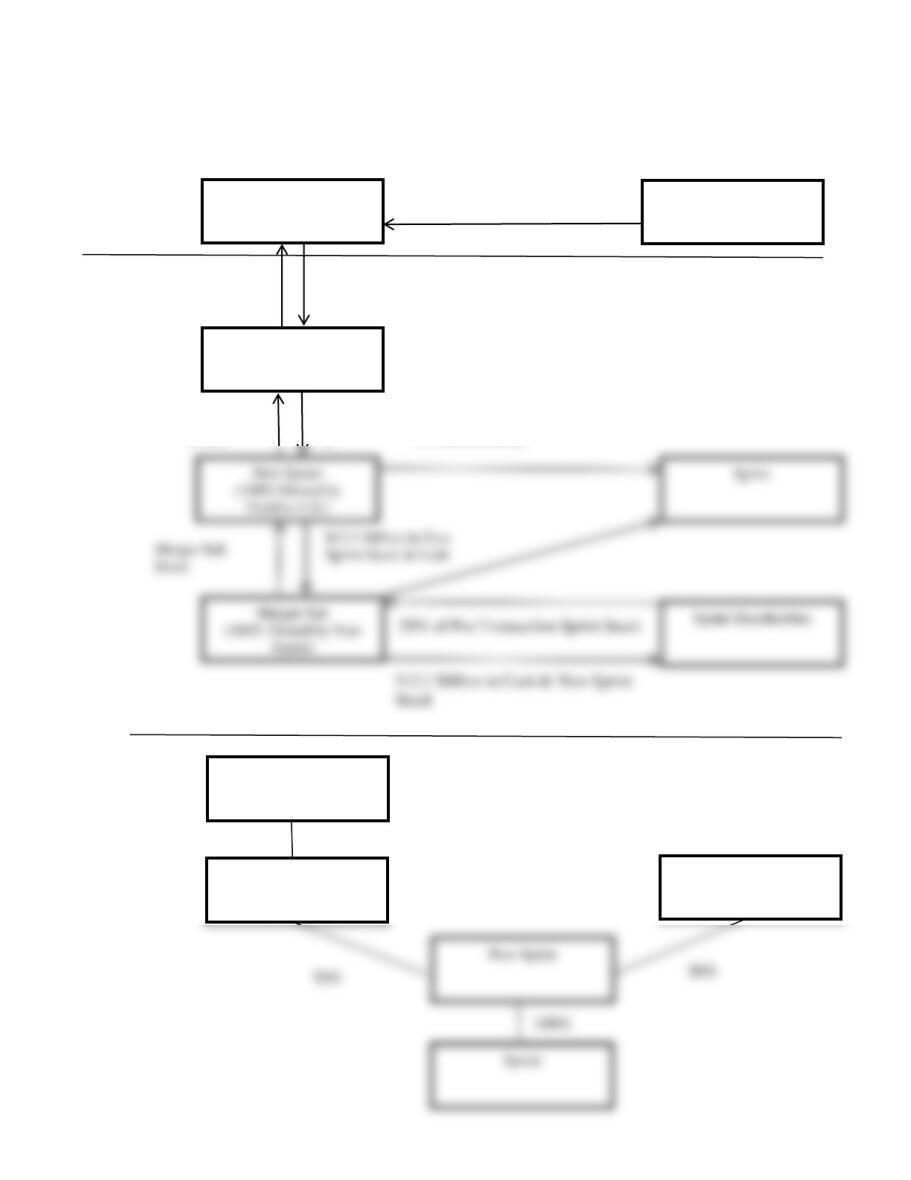Despite a significant regulatory review, the firms employed a fixed share-exchange ratio in calculating the purchase price, leaving each at
risk of Teva share price changes.
_____________________________________________________________________________________
On December 23, 2008, Teva Pharmaceuticals Ltd. completed its acquisition of U.S.-based Barr Pharmaceuticals Inc. The merged
businesses created a firm with a significant presence in 60 countries worldwide and about $14 billion in annual sales. Teva
Pharmaceutical Industries Ltd. is headquartered in Israel and is the world’s leading generic-pharmaceuticals company. The firm develops,
manufactures, and markets generic and human pharmaceutical ingredients called biologics as well as animal health pharmaceutical
products. Over 80% of Teva’s revenue is generated in North America and Europe.
Barr is a U.S.-headquartered global specialty pharmaceuticals company that operates in more than 30 countries. Barr’s operations are
based primarily in North America and Europe, with its key markets being the United States, Croatia, Germany, Poland, and Russia. With
annual sales of about $2.5 billion, Barr is engaged primarily in the development, manufacture, and marketing of generic and proprietary
pharmaceuticals and is one of the world’s leading generic-drug companies. Barr also is involved actively in the development of generic
biologic products, an area that Barr believes provides significant prospects for long-term earnings and profitability.
Based on the average closing price of Teva American Depository Shares (ADSs) on NASDAQ on July 16, 2008, the last trading day in
the United States before the merger’s announcement, the total purchase price was approximately $7.4 billion, consisting of a combination
of Teva shares and cash. Each ADS represents one ordinary share of Teva deposited with a custodian bank.2 As a result of the transaction,
Barr shareholders owned approximately 7.3% of Teva after the merger. The merger agreement provides that each share of Barr common
stock issued and outstanding immediately prior to the effective time of the merger was to be converted into the right to receive 0.6272
ordinary shares of Teva, which trade in the United States as American Depository Shares, and $39.90 in cash. The 0.6272 represents the
share-exchange ratio stipulated in the merger agreement. The value of the portion of the merger consideration comprising Teva ADSs
could have changed between signing and closing, because the share-exchange ratio was fixed, per the merger agreement.
By most measures, the offer price for Barr shares constituted an attractive premium over the value of Barr shares prior to the merger
announcement. Based on the closing price of a Teva ADS on the NASDAQ Stock Exchange on July 16, 2008, the consideration for each
outstanding share of Barr common stock for Barr shareholders represented a premium of approximately 42% over the closing price of
Barr common stock on July 16, 2008, the last trading day in the United States before the merger announcement. Since the merger
qualified as a tax-free reorganization under U.S. federal income tax laws, a U.S. holder of Barr common stock generally did not recognize
any gain or loss under U.S. federal income tax laws on the exchange of Barr common stock for Teva ADSs. A U.S. holder generally
would recognize a gain on cash received in exchange for the holder’s Barr common stock.
Teva was motivated to acquire Barr because of the desire to achieve increased economies of scale and scope as well as greater
geographic coverage, with significant growth potential in emerging markets. Barr’s U.S. generics drug offering in the United States is
highly complementary with Teva’s and extends Teva’s product offering and product development pipeline into new and attractive product
categories, such as a substantial women’s healthcare business. The merger also is a response to the ongoing global trend of consolidation
among the purchasers of pharmaceutical products as governments are increasingly becoming the primary purchaser of generic drugs.
Under the merger agreement, a wholly owned Teva corporate subsidiary, the Boron Acquisition Corp. (i.e., acquisition vehicle),
merged with Barr, with Barr surviving the merger as a wholly owned subsidiary of Teva. Immediately following the closing of the
merger, Barr was merged into a newly formed limited liability company (i.e., postclosing organization), also wholly owned by Teva,
which is the surviving company in the second step of the merger. As such, Barr became a wholly owned subsidiary of Teva and ceased to
be traded on the New York Stock Exchange.
The merger agreement contained standard preclosing covenants, in which Barr agreed to conduct its business only in the ordinary
course (i.e., as it has historically, in a manner consistent with common business practices) and not to alter any supplier, customer, or
employee agreements or declare any dividends or buy back any outstanding stock. Barr also agreed not to engage in one or more
transactions or investments or assume any debt exceeding $25 million. The firm also promised not to change any accounting practices in
any material way or in a manner inconsistent with generally accepted accounting principles. Barr also committed not to solicit alternative
bids from any other possible investors between the signing of the merger agreement and the closing.
Teva agreed that from the period immediately following closing and ending on the first anniversary of closing it would require Barr or
its subsidiaries to maintain each compensation and benefit plan in existence prior to closing. All annual base salary and wage rates of each
2 ADSs may be issued in uncertificated form or certified as an American Depositary Receipt, or ADR. ADRs provide evidence that a
specified number of ADSs have been deposited by Teva commensurate with the number of new ADSs issued to Barr shareholders.















